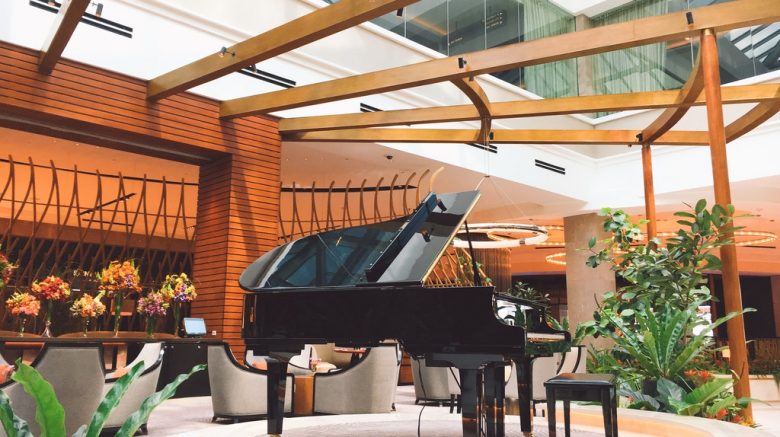Pianos are sophisticated musical instruments that may have as many as 12,000 parts, of which 7,000 mechanical parts must be finely tuned to produce the best quality sound when the keys are played. Regardless of the type or brand, these instruments are heavy, bulky and in some cases odd-shaped, complicating the process of cross-country transport. The following is a list of avoidable mistakes when moving your piano.
1. Inaccurate Measurements
Moving a large piece of furniture, equipment or musical instrument requires accurate measurements. Even when you have contracted with professional movers, make sure that you or the movers’ representative has taken the actual measurements of the piano in its moving mode, which would include cover pads, bubble wrap, and security straps.
- Standard upright piano – This type of piano is typically packed and secured as is because it does not have parts that can be disassembled.
- Grand piano – Whether it is a baby grand or a parlor grand piano, remove and secure any panels and legs that can be disassembled for more secure packing.
2. Inadequate Knowledge of the Instrument
Your piano may have been passed down through several generations. When you don’t know enough about its design and construction, contact someone with expertise who can tell you which parts can be safely disassembled and which parts should receive more attention when transporting over a long distance.
3. Exerting Undue Stress on Certain Parts of the Instrument
Pianos are bulky, odd shaped and weigh upwards of 300 pounds for the smallest studio piano and as much as 900 pounds for a full-size instrument. It is almost impossible to keep the weight balanced even when transporting over short distances.
On long distance moves, the packing materials should provide grab handles at strategic points. Hump straps over the cover pads must be in the right position to allow movers to control and position the bulky instrument.
4. Use of Improper or Inadequate Moving Equipment
Some moving equipment is custom-made for pianos, and it is a mistake to use substitute material and equipment that may not provide adequate protection. Professional piano movers may provide:
- Skid boards to protect flat surfaces
- A piano dolly that may be part of the package until the piano reaches its destination. Never rely on the metal casters to move your piano if the distance exceeds a foot.
5. Choosing a Mover Based on Price Alone
Piano movers for cross-country transport should be experienced in this particular field. They should be able to provide references to prove completed jobs. If you decide to use a general or estate mover, ask them what they know about moving a piano especially if your instrument is a valuable heirloom piece. Check out this article for additional questions you may want to ask before hiring a moving company. Make sure the mover is licensed, bonded and insured. Consider buying moving insurance that will cover replacement cost or repair expenses should the piano be damaged in transit.
6.Failing to Consider Physical Obstacles in the Pathway
Consider non-movable obstacles at the point of origin and the destination.
- Width of doorways and hallways
- Vertical clearances of doorways, stair landings and hallways.
- Stairway and stairway landing
- Alternative portals in case the piano will not fit through doorways or passageways
7. Not Re-tuning after Unpacking
The piano will absolutely require re-tuning after delivery. Contact a professional who has experience with the type and brand of your piano, and prepare to re-acclimatize with your instrument in its new home.

